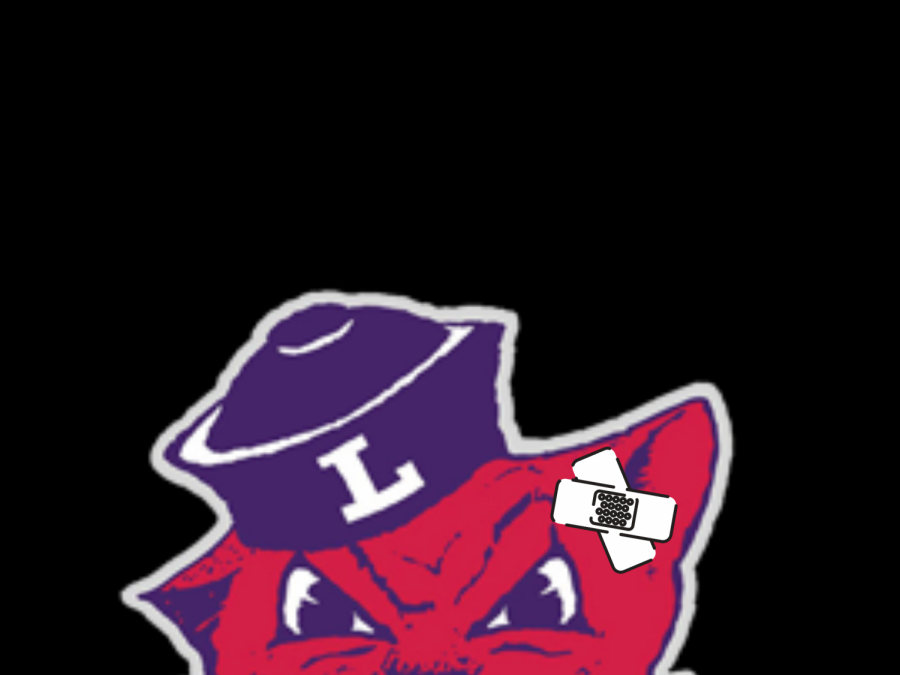Inside the training center, the heartbeat of Linfield athletics
February 27, 2021
Walking into the Athletic Training office at Linfield University on a Friday afternoon looks a bit different this year.
Normally, student-athletes squeeze in time for treatment as they go from class to practice with hardly enough time to wolf down a sandwich. However, due to COVID-19 protocols, the quick pace that the athletic trainers and athletic training assistants are used to has been replaced with a scheduling system that has slowed traffic significantly in the training center.
In the midst of making appointments with student-athletes on her laptop, athletic trainer Krista Francisco-Sluss shared how the training center experience has changed over the last year.
“It’s a lot slower in here because it has to be,” said Francisco-Sluss.
Only eight people are allowed in the training center at a time, including trainers and training assistants. Instead of having multiple seasons for sports during the 2020-21 school year, all competition was pushed back to the spring, meaning all competition is taking place at the same time. Scheduling appointments has been difficult because of the influx of in-season athletes needing treatment.
In a normal year, athletic trainers travel with teams to away competitions. Due to travel restrictions, it’s unclear if that will be an option this spring. The main goal of the trainers is to give student-athletes confidence and evaluate what is causing them discomfort or pain.
“Knowing you’re on the right track toward something is definitely helpful from a mental standpoint,” said Francisco-Sluss.
Students in the exercise science department at Linfield spend time working directly with student-athletes in the center as a way of gaining experience in the field. During a break between sessions, senior exercise science major Alana Nuttman sat on a stool to rest her legs while a trainer’s puppy slept at her feet.
Nuttman shared that some of the athletic trainers and athletic training assistants have already received the COVID-19 vaccination.
“I interact with patients in the healthcare field on a daily basis, and I also have to work with patients outside of Linfield,” Nuttman said.
Since the trainers work directly with many different patients, being vaccinated has given them more opportunities to work closely with student-athletes.
Sophomore football player Storm Sua sat at a training station with a bag of ice on his right ankle and STEM on his right leg. Sua’s ankle has been feeling tight and strained lately, so he’s been visiting the training center between classes and football practices.
“Every day I feel way more relaxed and better about my injuries,” said Sua. “It’s a great place and I get the treatment I need.”
The athletic trainers’ goal is to heal the student-athletes and get them back to their sport as soon as possible, but they also stress the importance of building the athletes up mentally.
“You see them gain confidence again, and you see them get back to that competitiveness again,” said Francisco-Sluss.
Although the training center looks different this year, the athletic trainers are still providing student-athletes with the treatment and time they need to heal their bodies physically and strengthen their mental approach to their sport.

